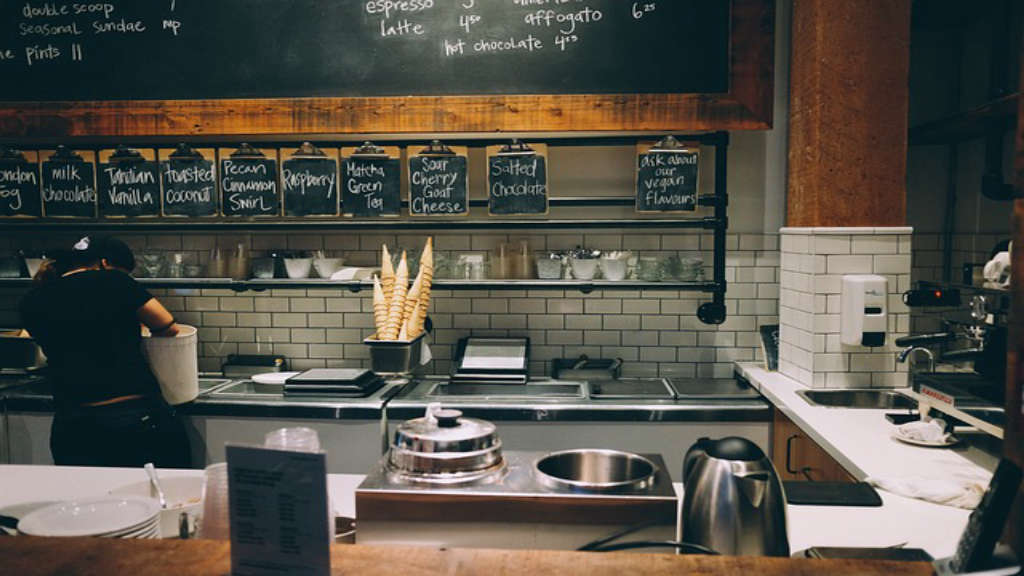Art possesses an extraordinary ability to transcend the ordinary and invite us into a realm of infinite possibilities. Through the lens of Creative Expression through Painting, individuals can channel their deepest emotions and ideas onto a canvas, revealing not just their imagination but also their truest selves. This transformative journey offers a unique opportunity for growth and self-discovery, enabling us to connect with both our inner world and those around us.
Main Points
- Painting as a medium for emotional release and self-discovery.
- The impact of color and form on human psychology.
- Creative expression as a bridge for communication and connection.
- The role of painting in promoting mental well-being.
- How anyone can harness creativity regardless of skill level.

Exploring the Psychological Benefits of Creative Expression in Painting
Engaging in the art of painting offers individuals a unique pathway to explore their emotions and thoughts. When one delves into this creative process, the psychological benefits often unfold in surprising ways. The act of applying paint to canvas not only fosters creativity, but it also provides a therapeutic outlet that can elevate mental well-being. In this article, we will explore how painting can serve as a mechanism for psychological expression, leading to significant emotional and cognitive improvements.
The Therapeutic Nature of Painting
Painting acts as a powerful form of creative expression. It enables individuals to manifest their inner thoughts visually. This engagement can bring about a myriad of psychological benefits, such as:
- Stress Relief: Creating art can significantly alleviate stress. The rhythmic movement of a brush across the canvas has calming effects on the mind.
- Enhanced Self-Esteem: Completing a painting provides a sense of achievement. This accomplishment, however minor, fosters a positive self-image.
- Emotional Release: Painting can serve as a conduit for expressing feelings that may be difficult to articulate verbally. Artists often communicate their innermost struggles through color and form.
What one may find particularly interesting is how spontaneous brush strokes or unplanned splatters can manifest deeper emotions. This chaotic dance of color often mirrors internal conflict, making painting a form of emotional dialogue. When we engage with our canvas, we often confront unspoken aspects of our psyche. This paradox of control and chaos speaks volumes about the human experience.
Building Coping Mechanisms Through Creativity
Regular engagement in painting can cultivate resilience and serve as an effective coping mechanism. When navigating challenging times, relying on creative outlets can create a buffer against anxiety and depression. Here’s how:
- Problem-Solving Skills: The process of creating art often requires critical thinking and decision-making. Choosing colors, shapes, and techniques fosters cognitive agility.
- Mindfulness: The act of painting encourages individuals to be present in the moment. Focusing on the strokes and colors can serve as a meditative practice, reducing rumination.
- Social Connection: Sharing artwork can build community. Engaging with others in an art context fosters relationships and creates a sense of belonging.
While the strokes of a brush may seem simple, their underlying impact on psychological health is profound. This intersection of art and mental well-being captivates many, as it intertwines creativity with emotional intelligence. Yet, one must keep in mind that the journey of exploring oneself through painting can be intricate and multifaceted. Each person’s experience is distinctive; thus, the outcome is often unpredictable.
To conclude, the psychological benefits of creative expression in painting are both complex and rewarding. By immersing oneself in this vibrant world, one can discover various pathways to understanding the self, promoting mental health, and fostering resilience. Painting transcends mere artistic activity; it becomes a mirror reflecting our innermost thoughts and emotions, urging us to confront and embrace them.

How Painting Fosters Innovation and Problem-Solving Skills
In today’s rapidly changing world, fostering innovation and enhancing problem-solving skills are more crucial than ever. One often overlooked but highly effective medium for developing these abilities is painting. Engaging in the art of painting does more than just create a visual masterpiece; it also cultivates a mindset primed for creative thinking and analytical approaches to challenges.
The Process of Creative Expression
When individuals immerse themselves in painting, they enter a realm where creativity knows no bounds. Each brushstroke holds the potential for discovery, enabling artists to experiment with colors, textures, and forms. This process transforms a blank canvas into a space of innovation, encouraging the brain to brainstorm alternatives and explore uncharted territories in thought. Artists often find themselves confronted with unexpected outcomes, compelling them to adapt and solve problems spontaneously. In this way, innovation becomes an integrated part of the painting journey.
Understanding Perspective Through Art
Art, particularly painting, challenges observers to engage with multiple perspectives. Each piece can elicit varying interpretations, reflecting the diverse experiences of its viewers. The act of interpreting art cultivates empathic understanding and encourages critical thinking. For instance, when a painter struggles to convey a particular emotion or message, they must think outside the box to find solutions. This cyclical process nurtures a robust skill set in problem-solving, making it essential for any aspiring innovator.
Collaborative Opportunities
Moreover, painting often opens the door to collaboration. When artists work together, they blend their ideas, offering fresh perspectives and innovative solutions. This collaborative environment can lead to unexpected breakthroughs, enhancing both individual skills and collective creativity. As ideas mingle, new pathways emerge, reinforcing the importance of communication and teamwork in problem-solving dynamics. Through innovation and collaboration, painting fosters an ecosystem where ingenuity thrives.
Reflection and Adaptation
Painting also encourages a fundamental practice: reflection. After completing a work, artists commonly evaluate their process and decisions. This retrospective analysis is integral for development, as it allows one to recognize successful strategies and areas needing improvement. Such reflection not only bolsters technical skills but also hones the ability to navigate challenges. By embracing mistakes as learning opportunities, artists cultivate resilience, an essential trait for any problem-solver. Hence, the connection between painting and the growth of innovation is underscored by the act of reflection.
Conclusion
In conclusion, painting is more than just a form of artistic expression; it is a dynamic tool for fostering problem-solving skills and nurturing innovation. Through creative exploration, understanding diverse perspectives, and collaborative practices, individuals can enhance their capacity to address challenges effectively. By reflecting on their experiences, artists and creatives alike can transform potential setbacks into stepping stones toward greater achievements. Embracing the world of painting opens myriad possibilities for personal and professional growth, making it an invaluable asset in today’s innovation-driven landscape.

Conclusion
In conclusion, the journey of exploring creative expression through painting opens up a world where emotions and thoughts can freely flow onto the canvas. This form of art provides an avenue for individuals to communicate their inner selves without the constraints of words. It allows us to connect with our feelings and understand the beauty of self-expression. While the process may seem daunting at times, the rewards are profound. Painting becomes not just a pastime but a means of discovering our true selves. Embracing this creative outlet can lead to personal growth and a deeper appreciation for the nuances of life. Therefore, engaging with painting is more than just an artistic endeavor; it is a heartfelt journey towards self-discovery and connection with others.
Frequently Asked Questions
What are the benefits of painting as a form of creative expression?
Painting allows individuals to express their emotions, reduce stress, and enhance their creativity. It can be therapeutic and serve as a means of communication.
Do I need to have artistic skills to start painting?
No, you do not need to have prior artistic skills. Painting is about self-expression, and everyone can start at their own level. The focus should be on the process rather than the end result.
What materials do I need to begin painting?
To start painting, you will need basic materials such as canvas or paper, brushes, paint (acrylic, watercolor, or oil), and a palette for mixing colors. These materials can be found at most art supply stores.




